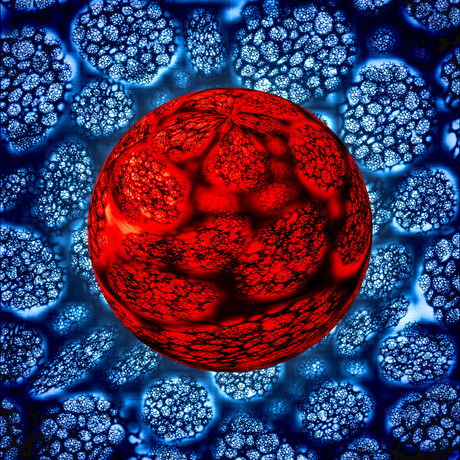Fast and effective cancer detection with nanomaterials

Nanotechnology researchers from Griffith University have highlighted a way to detect cancers and other diseases that is said to be quicker, more accurate and less expensive than current methods.
Co-written with researchers from The University of Queensland (UQ) and published in the journal Trends in Biochemical Sciences, the review paper follows previous studies where the Griffith team reported a low-cost way of detecting cancer in early stages using a new class of magnetic nanomaterials.
Dr Muhammad Shiddiky, who led the project, said the team reviewed current knowledge of RNA biology and how a special type of RNA (microRNAs, or miRNAs) plays a vital role in cancer and other diseases.
“The main focus of our article is to provide a comprehensive overview of recent developments in state-of-the-art methodologies and technologies that use specially engineered nanomaterials for detection of miRNAs,” Dr Shiddiky said.
Billions of dollars are currently being spent trying to build technologies that can detect cancer at early stages, but the problem that many clinics face is finding a cheap, quick and accurate method of doing so. Novel nanomaterials could offer a way to circumvent all these challenges, according to the study authors — hence the need to have a compendium of recent developments in this field.
Explaining how nanomaterials may revolutionise disease diagnostics, Dr Shiddiky cited the example of special nanoparticles that his group and collaborators have invented.
“These nanomaterials could be added to samples directly and made to ‘look’ for disease biomarkers such as miRNAs,” he said. “Once the disease molecules have been ‘captured’ by the nanomaterial, they can be easily moved and separated from blood or bodily fluids using a simple magnet.
“Nanomaterials could capture the disease molecules in the blood or bodily fluid with the same force that we use to stick paper to a fridge with a magnet.
“What we have done is target nanomaterials and electrochemistry. Electrochemistry gives you a very inexpensive way of detecting these molecules.”
Co-author Professor Yusuke Yamauchi, from UQ’s Australian Institute for Bioengineering and Nanotechnology (AIBN), added, “A lot of enzymes and expensive biological kits are needed in conventional bioassays. Our nanomaterials work in the same way as the enzymes but limit the costs involved.
“The nanomaterial could be engineered according to the need for detecting a certain disease type. This nanomaterial is so flexible it can be tuned for almost any kind of biological molecules and used to target specific diseases.
“It’s a nanoarchitectured tool which can be easily tailored to monitor not only human but also animal and plant health.”
According to Dr Shiddiky, the potential of nanomaterials in diagnostics is “immense”. He and his team are now looking for industry partners to facilitate the market delivery of their inventions.
Follow us on Twitter and Facebook for the latest industry news. To receive our bimonthly magazine and weekly newsletters, click here.
Blood test could be used to diagnose Parkinson's earlier
Researchers have developed a new method that requires only a blood draw, offering a non-invasive...
Cord blood test could predict a baby's risk of type 2 diabetes
By analysing the DNA in cord blood from babies born to mothers with gestational diabetes,...
DNA analysis device built with a basic 3D printer
The Do-It-Yourself Nucleic Acid Fluorometer, or DIYNAFLUOR, is a portable device that measures...







